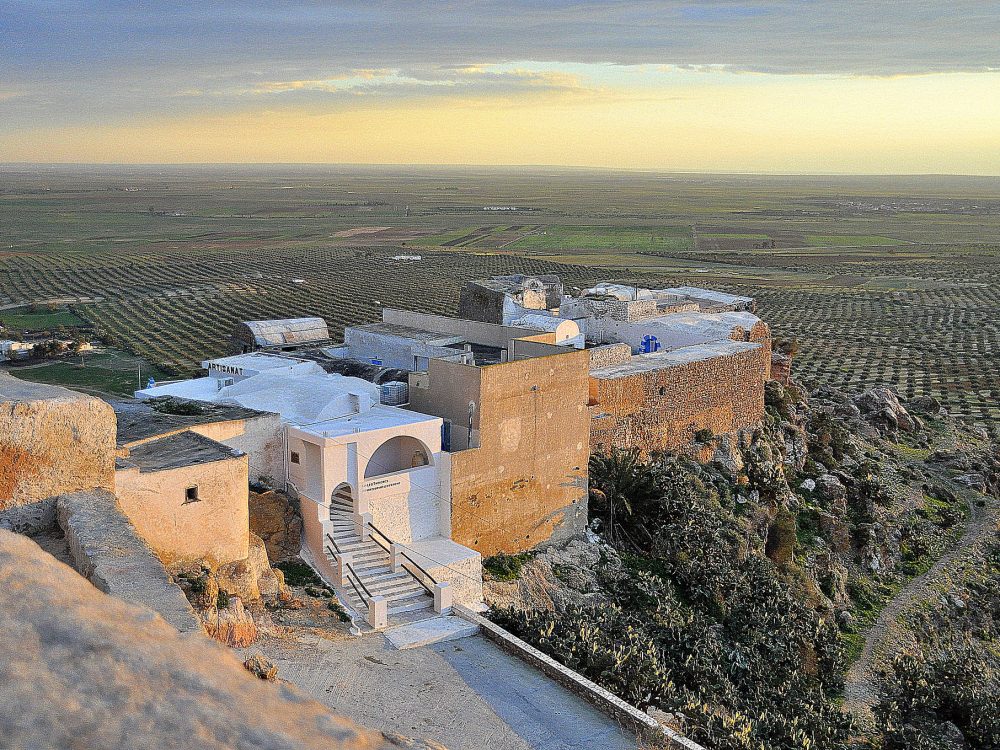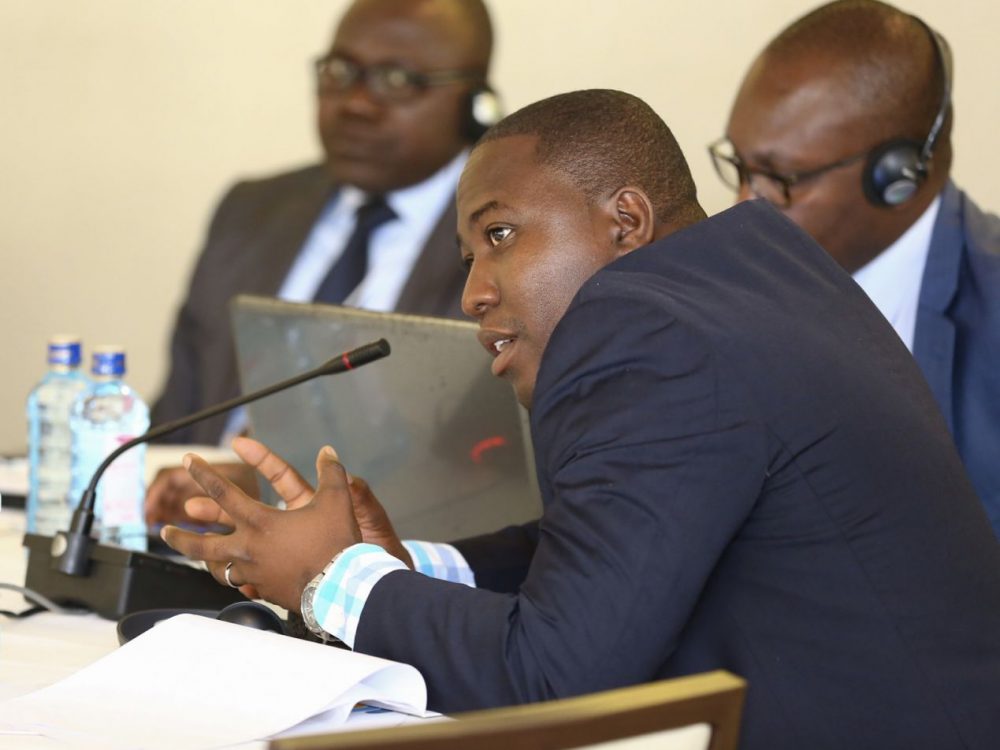Geo-Enabling Development Assistance in Niger
Geo-Enabling Development Assistance in Niger
The Government of Niger’s Ministry of Planning, Spatial Planning and Community Development (MPATDC) has decided, with support from Development Gateway and funding from the US Agency for International Development (USAID) and the African Development Bank (AfDB), to acquire the latest version of the Aid Management Platform (AMP). This version includes the AMP Geographic Information System (GIS) module, which allows for the geocoding of aid projects in Niger. The upgrade also comes with technical support for the MPATDC’s General Directorate of Planning (DGP). DG and MPATC under this support agreement will work togethensure the most effective use of AMP’s advanced analytical capabilities to improve international aid effectiveness in Niger.
Through its partnership with AidData and in collaboration with MPATDC, Development Gateway traveled in March 2015 to Niamey, Niger, to present the GIS module to development stakeholders – including government ministries, technical partners, multilateral and bilateral development partners – as well to assess the current realities and needs in terms of collecting, managing and visualizing development data.
The evaluation showed both motivation and enthusiasm among the actors, particularly around the GIS module which should help to better coordinate and geographically pinpoint interventions to improve planning and effective management of development aid. The initiative will also have the advantage of being able to rely on systems for collecting and viewing more or less advanced geospatial data that are implemented by institutions of the Government and the country partners.
Beginning this September, Development Gateway – as part of the AidData partnership – will begin geolocating all development projects in Niger, totalling approximately 700 projects and almost US $2 billion from 2010-2015. This will involve the collection of geographic data about ongoing development projects down to the local level. Funded by USAID Higher Education Solutions Network, this work aims to make information on financing for development more functional by providing georeferenced information through interactive maps. Among other things, this will allow for further analysis of the geographical distribution of interventions, and will facilitate the efforts of stakeholders to monitor aid flows and assess their effectiveness in the Nigerian context.
Context
Since 2009, the Government of Niger has had an Aid Management Platform (AMP, Plateforme de Gestion de l’Aide or PGA in French), a web-based aid information management system to improve the coordination of development aid in Niger. This platform collects information about all projects financed in whole or in part by the technical and financial partners of Niger, in all sectors.
Géolocalisation de l’Aide au Développement : bientôt le tour du Niger
Sous financement de l’Agence Américaine pour le Développement International (USAID) et la Banque Africaine de Développement (BAD), le Gouvernement du Niger, Ministère du Plan, de l’Aménagement du Territoire et du Développement Communautaire (MPATDC) a décidé, avec l’appui de Development Gateway, d’acquérir une version plus récente de la Plateforme de Gestion de l’Aide (PGA) incluant un Système d’Information Géographique (SIG) permettant de géolocaliser les projets au Niger, et aussi de renforcer les capacités du MPATDC et en particulier de la Direction Générale du Plan (DGP) pour utiliser au mieux cet outil informatique, ce qui permettra notamment de tirer profit des fonctionnalités avancées d’analyse de l’aide internationale fournie au Niger.
À travers son partenariat avec AidData et sa collaboration avec le Ministère du Plan, de l’Aménagement du Territoire et du Développement Communautaire (MPATDC), Development Gateway a conduit une mission en Mars 2015 à Niamey au Niger où il était question de présenter le module de géolocalisation aux acteurs du développement (ministères, agences du Gouvernement, Partenaires Techniques et Financiers multilatéraux et bilatéraux, etc.), d’évaluer l’existant et les besoins en termes de collecte, gestion et visualisation des données relatives à l’aide au développement.
Les résultats de l’évaluation ont fait état d’une motivation et d’un enthousiasme de la part des acteurs rencontrés notamment pour le module de géolocalisation qui devrait aider à mieux coordonner et répartir géographiquement les interventions des uns et des autres dans le souci d’une meilleur planification et d’une gestion efficace de l’aide au développement. L’initiative aura aussi l’avantage de pouvoir s’appuyer sur des prémisses, en l’occurrence des systèmes de collecte et de visualisation de données géo-spatiales plus ou moins avancés qui sont mis en œuvre par certaines institutions du Gouvernement ainsi que des partenaires du pays.
A partir de Septembre 2015, Development Gateway dans le cadre de son partenariat avec AidData, entreprendra un travail de géolocalisation de l’ensemble des interventions des Partenaires au développement du Niger qui s’élève à environ 700 projets pour des engagements effectifs de près de 2 milliards USD pour la période 2010-2015. Cela impliquera une collecte de données géographique des projets de développement en cours jusqu’au niveau local. Cet exercice est exclusivement financé par l’USAID et vise à rendre l’information sur le financement du développement plus fonctionnelle en fournissant des informations géoréférencées par des cartes interactives. Cela permettra entre autres d’approfondir l’analyse de la répartition géographique des interventions. Elle facilitera les efforts des acteurs pour le suivi des flux d’aide et l’évaluation de leur efficacité dans le contexte du Niger.
Contexte
Depuis 2009, le Gouvernement du Niger dispose d’une Plateforme de Gestion de l’Aide (PGA), un système informatisé de gestion de l’aide extérieure, basé sur la technologie web afin d’améliorer la coordination de l’aide au développement au Niger. Cette plateforme collecte les informations relatives à tous les projets financés totalement ou en parties par les Partenaires Techniques et Financiers du Niger, dans tous les secteurs.
Share This Post
Related from our library

How useful is AI for development? Three things we learned from conversations with development experts
The development world is buzzing with excitement over the idea that new and emerging applications of artificial intelligence (AI) can supercharge economic growth, accelerate climate change mitigation, improve healthcare in rural areas, reduce inequalities, and more. But what does this look like in real life?

At a Glance | Tracking Climate Finance in Africa: Political and Technical Insights on Building Sustainable Digital Public Goods
In order to combat the effects of climate change, financing is needed to fund effective climate fighting strategies. Our white paper, “Tracking Climate Finance in Africa: Political and Technical Insights on Building Sustainable Digital Public Goods,” explores the importance of climate finance tracking, common barriers to establishing climate finance tracking systems, and five insights on developing climate finance tracking systems.

AMP Through the Ages
15 years ago, AMP development was led by and co-designed with multiple partner country governments and international organizations. From a single implementation, AMP grew into 25 implementations globally. Through this growth, DG has learned crucial lessons about building systems that support the use of data for decision-making.